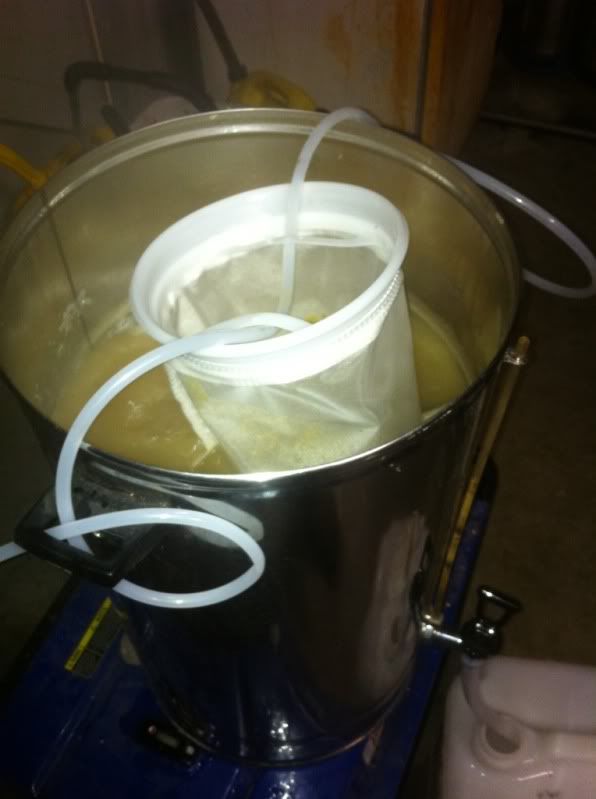loikar
Well-Known Member
- Joined
- 8/12/08
- Messages
- 989
- Reaction score
- 0
Just a question, how long do you normally let your wort sit after flameout? I normally go for 10min (or until the convection currents stop), whirlpool, let sit until it stops swirling, then transfer.
Would this method need to be done any faster than that to ensure theres not a substantial loss of temperature? I would be thinking not seeing as though the wort would retain its heat for quite a while after flameout, but since youve tried this method on a number of occasions, i just thought id ask the cheeky question
Cheers,
Sponge
Kinda debatable...
If you don't mind break material in your cube, just whirlpool after the boil for 10min and transfer to the cube.
Alternatively you can wait for the thermals to settle, whirlpool and than then transfer, but you then run more of a risk of pasteurisation fail.
I basically whirlpool straight after the boil, have a ciggy and a beer and then crack the tap a little bit to transfer slowly, leaving as much break material as I can behind.
but it's up to you really, anything over 74degC for 1 minute will give you full pasturisation... PU units below:
1 minute @ 46 deg C (115 deg F) = 0.01 PU
1 minute @ 53 deg C (127 deg F) = 0.10 PU
1 minute @ 60 deg C (140 deg F) = 1.00 PU
1 minute @ 67 deg C (153 deg F) = 10.0 PU
1 minute @ 74 deg C (165 deg F) = 100.0 PU
http://www.redpostltd.com/support/science#PU
BF






